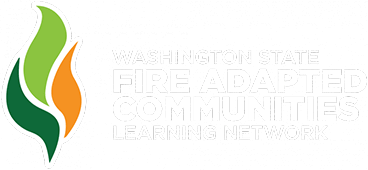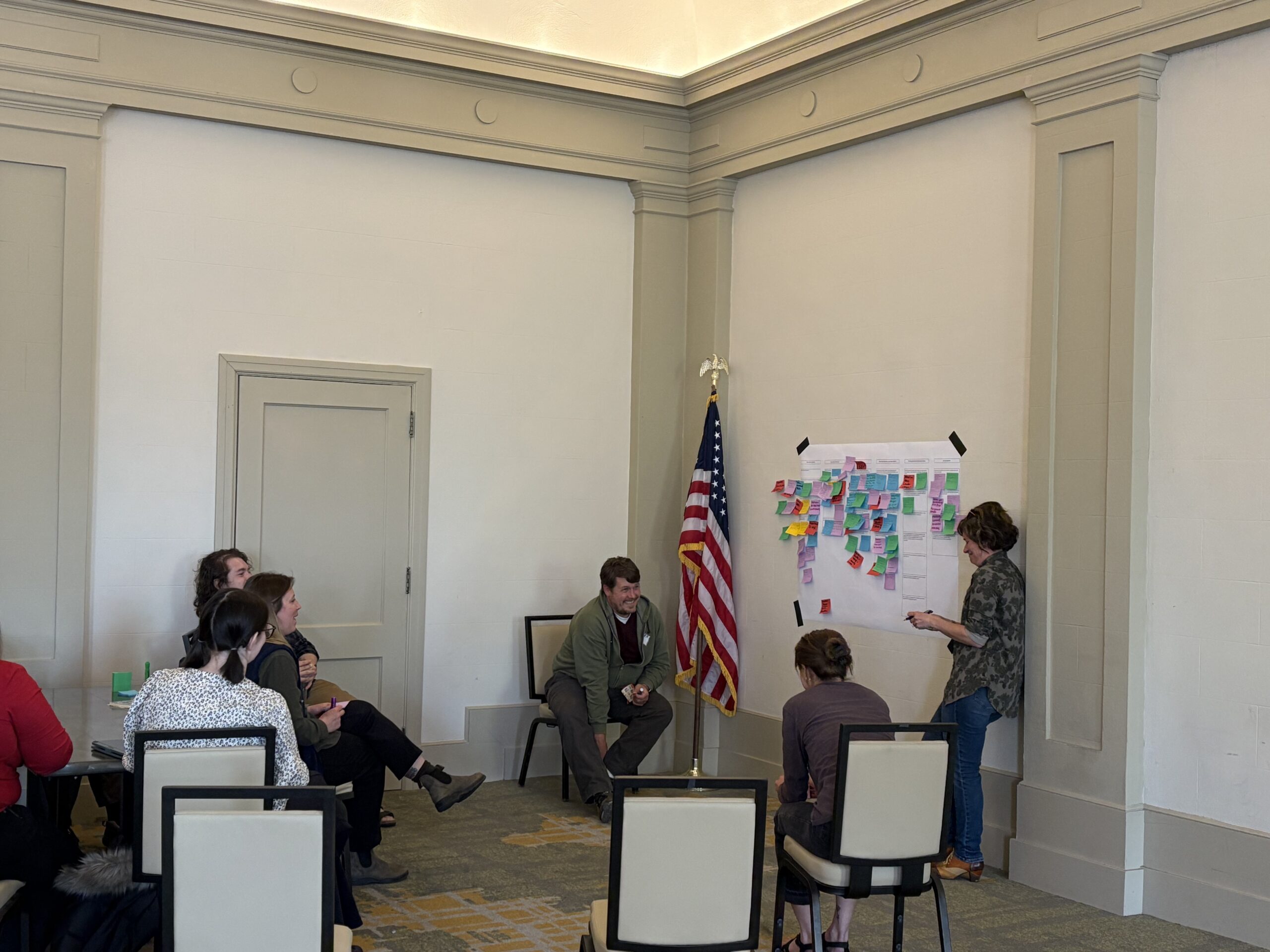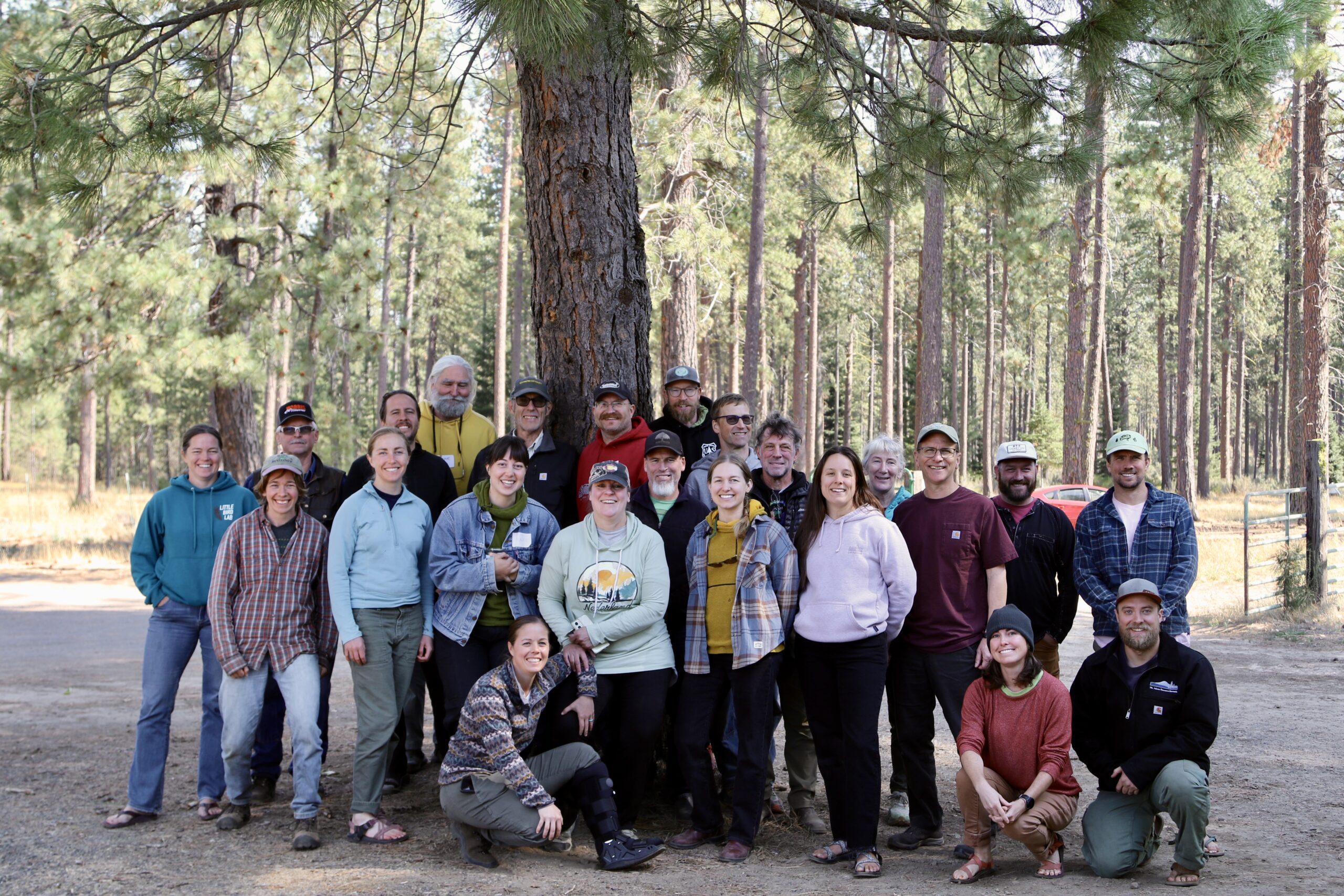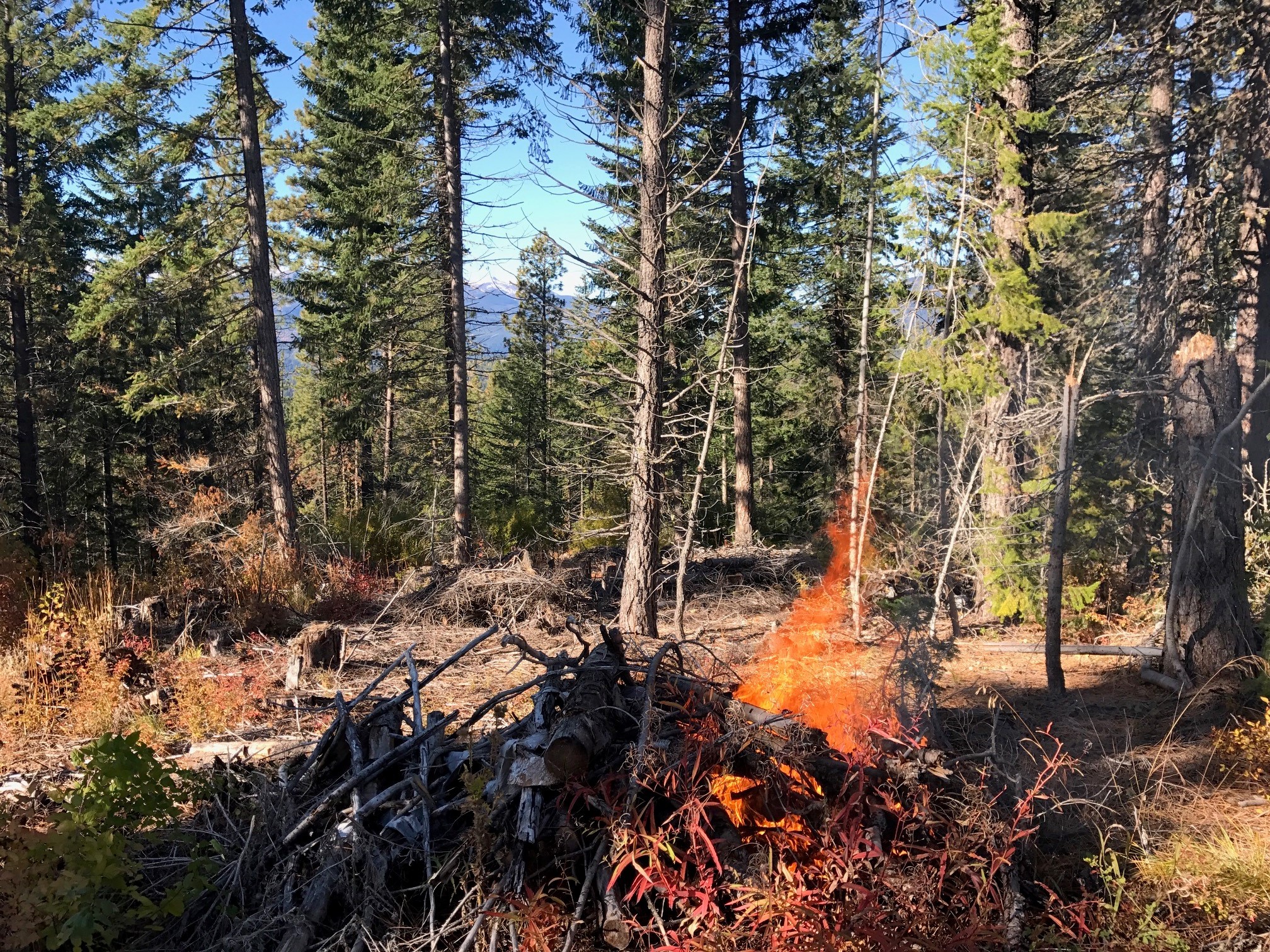In May of 2025, wildfire recovery stakeholders and practitioners gathered for the third annual Post-Fire Recovery Workshop to build upon connections and collaborations formed at past meetings. Following another busy fire season in Washington and the disastrous Eaton and Palisades Fires in California, those in the room had clear motivation to continue strengthening Washington’s wildfire recovery capacity.
Day 1: This is Your Network
Scott McFarland, the new Southeast Regional Manager at the Washington Department of Natural Resources (DNR) opened the workshop. Acknowledging the current atmosphere of uncertainty in the natural resources field, he emphasized the strength and importance of connections being actively forged in the room. “This is your post-fire network,” he said, “these are the people you can rely on during times like this.” As Scott pointed out, the room was full of people from all different sectors, including state and federal agencies, conservation districts, nonprofits, fire districts, private contracting companies, and community organizations, each with a vital role to play in wildfire recovery.
The afternoon began with a presentation about the new After the Fire Washington website developed by the Washington Resource Conservation and Development Council, in partnership with DNR’s Post-Fire Recovery Program and the Okanogan County Long Term Recovery Group, to serve as a central hub of information for wildfire survivors and those supporting recovery efforts.
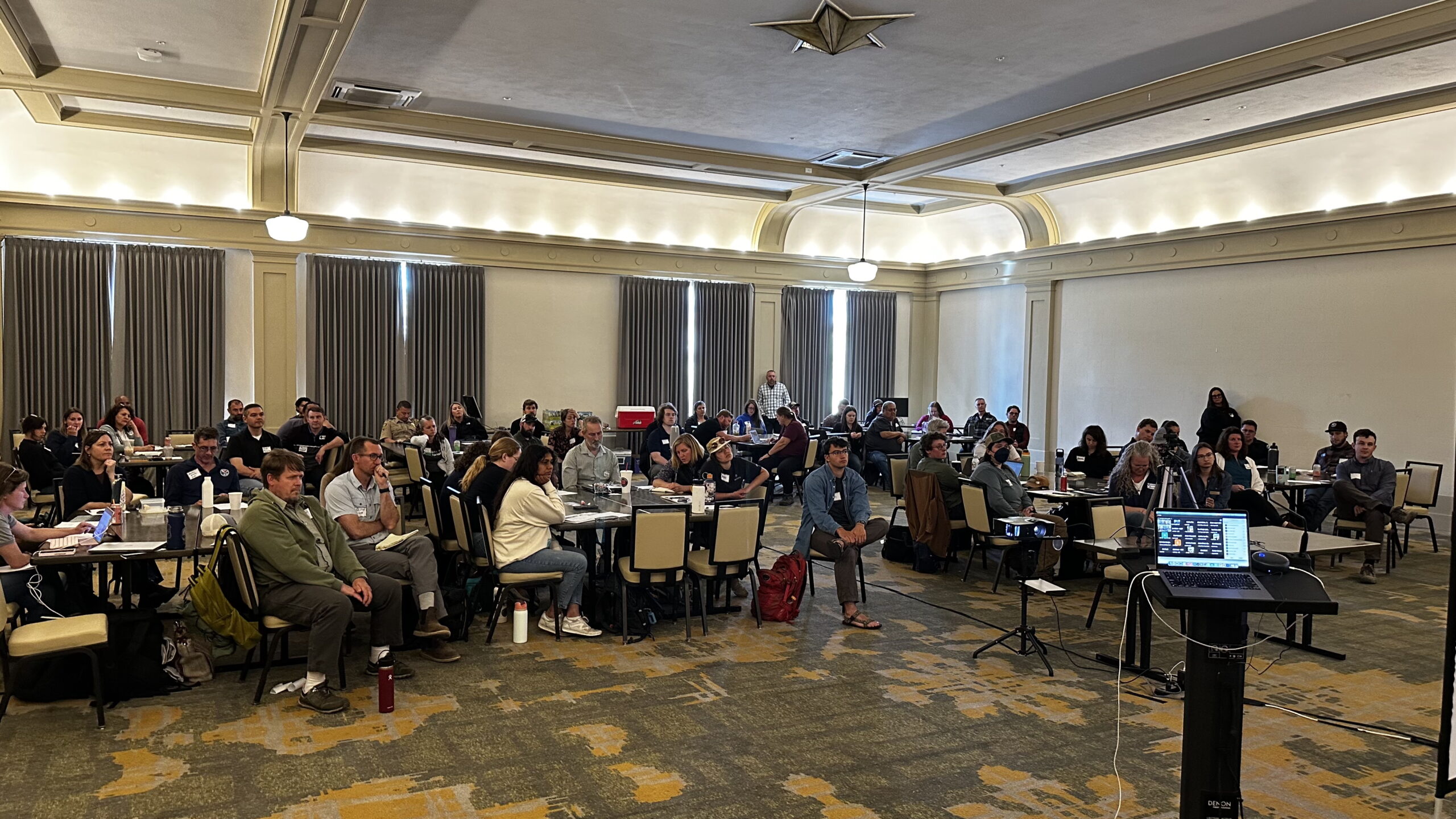
The keynote speaker for the workshop was Don Lindsay from the California Geological Survey. As the Program Manager and Supervising Engineering Geologist for the Burned Watershed Geohazards (BWG) Program, Don shared about his team’s monitoring efforts following the devastating 2025 Eaton Fire in Los Angeles County. His message was clear, risks to life and safety do not subside once a fire is put out, rather, much of the work is just beginning. Debris flows and flooding present serious hazards. The BWG team found that front loading their efforts to identify values at risk, set up monitoring equipment, and analyze historical data before a flooding or debris flow event took place, allowed them to better model and anticipate future risks to downstream communities. Don’s presentation highlighted a theme that would become a throughline during the workshop: the work does not stop with prevention and response, investment and commitment to recovery is necessary to foster greater resilience to fire in our communities.
The afternoon wrapped up with breakout groups that dove into four topics in greater detail:
- Pre-Fire Recovery Readiness Planning
- Watershed Restoration Planning and Practice
- Post-Fire Monitoring and Research Needs
- Small, Private Landowner Reforestation Support
Day 2: We need to build a professional culture that recognizes the value of recovery
The morning of day two kicked off with three presentations about ongoing work in post-fire recovery.
- Travis Okelberry, from the Yakima-Tieton Irrigation District (YTID), and Yakima County Commissioner Amanda McKinney presented on their experience with the Retreat Fire in 2024, which threatened the 114-year old irrigation canal that supplies water for the county’s municipalities, residences, and fire fighting, and directly supports a $750 million agricultural industry. Travis and Commissioner McKinney shared the lessons they learned about protecting and repairing vital water infrastructure in a post-fire landscape, including the complexities of funding and land ownership, and the importance of partnerships and collaboration.
- Tiernan Doyle, from the Fire Adapted Communities Learning Network (FAC Net), walked the audience through the Kittitas County Recovery Readiness Guide, a customizable resource currently in development that will be shared amongst Washington communities to help them plan for wildfire recovery ahead of time.
- Rose Beaton from DNR’s Community Wildfire Resilience and Preparedness Office presented on the new Post-Fire Recovery Visualization Tool, which will enable community leaders to easily share important local information specific to each fire, along with well organized resources for recovery and rebuilding.
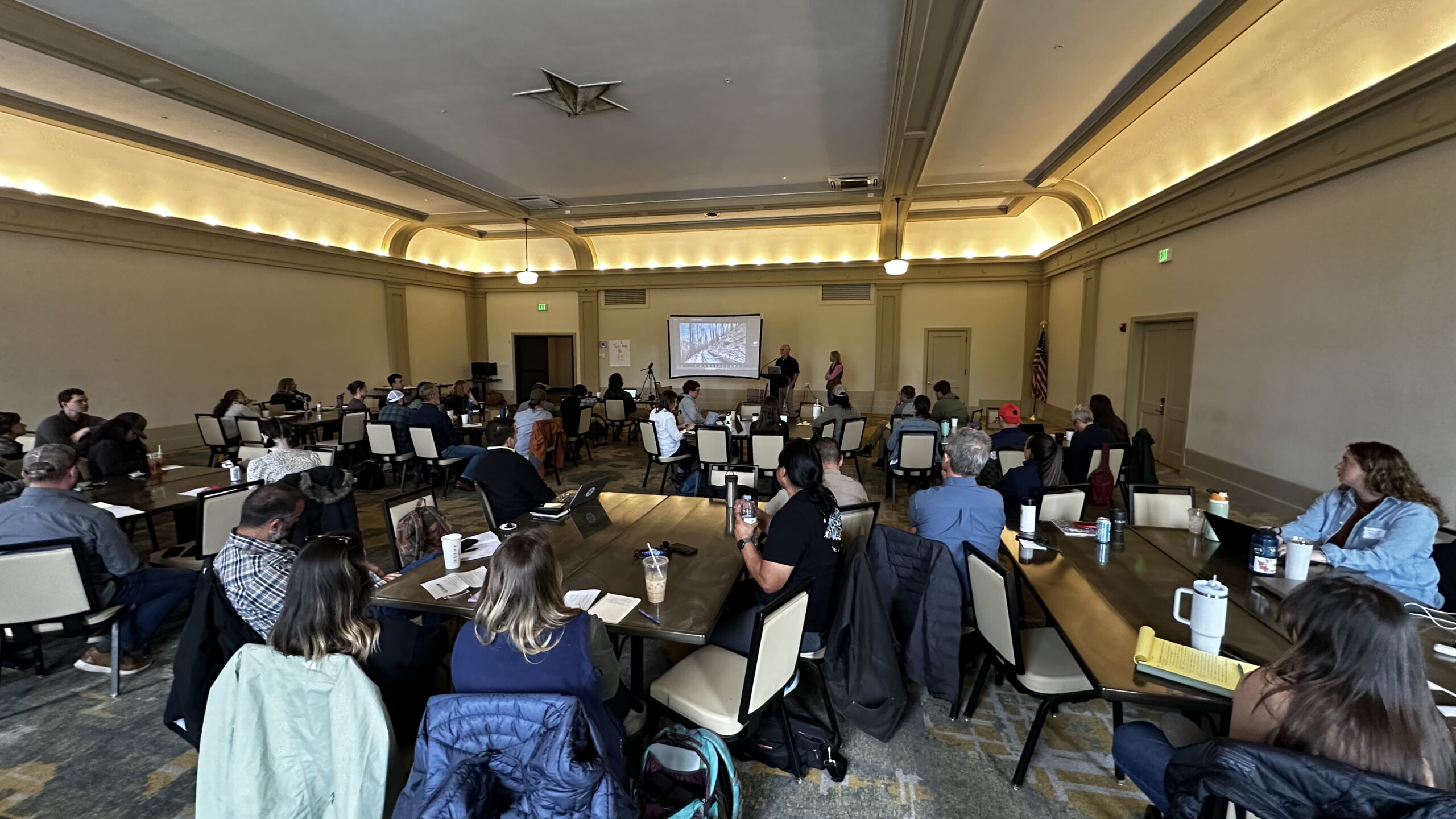
After lunch, a rapid round of partner updates reinvigorated the room before newly elected Washington State Commissioner of Public Lands, Dave Upthegrove, spoke to the audience about his commitment to supporting wildfire recovery and resilience in Washington. Specifically, he called out local recovery efforts, saying, “Time and time again, we see it is local communities that are doing the best work after the fire in recovery.” Similar to messages shared throughout the day, Commissioner Upthegrove echoed the sentiment that, while pre-fire planning and mitigation is crucial for better post-fire outcomes, including reducing costs, post-fire recovery is becoming more and more important, with the real work only starting after the fire is put out. Despite state budget cuts, the Commissioner maintained an optimistic attitude, highlighting the importance of the connections created in settings such as these, calling out the heightened importance of state and local collaboration at this point in time.
The final activity of the workshop was a “Build a BAER” exercise, which brought together workshop participants from the state’s Western, Central, and Eastern regions to create a Burned Area Emergency Response (BAER) team for their region. The exercise asked participants to think through what it might take to create a regional BAER team, including organizational structure, planning, resources, implementation, assessment, and communications. Although complicated and challenging, the exercise encouraged workshop attendees to think through the actual details of what it might take to introduce regional BAER teams to Washington’s suite of recovery tools and resources.
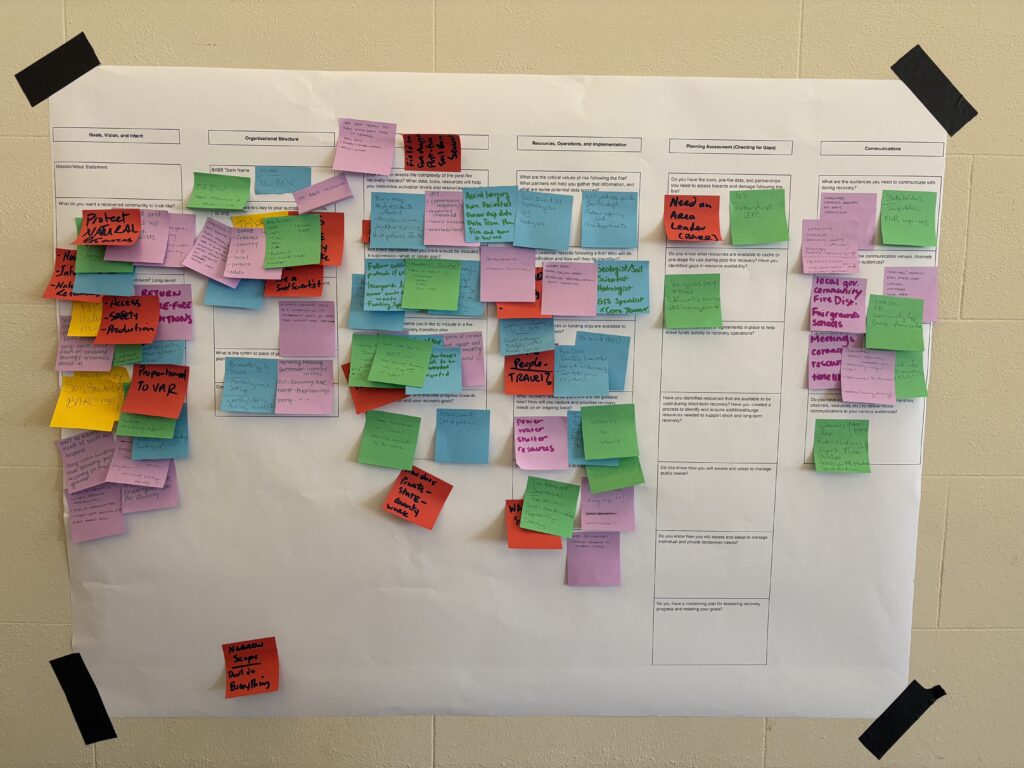
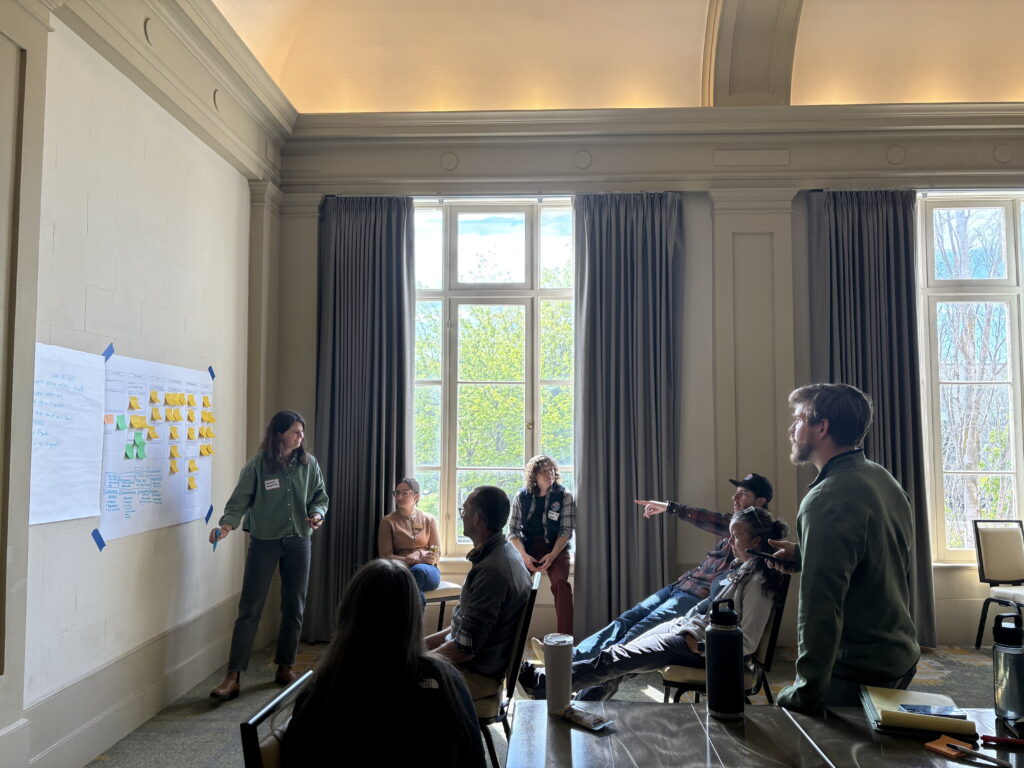
Participants work to create a BAER team structure. Photo: Amelia Wells, WRCD.
Lessons Learned:
We need to build a professional culture that recognizes the value of recovery. After a fire, it is common for external attention and investment to disappear. However, as recovery practitioners know, this is just the beginning of the long, complex process that is rebuilding and repairing communities. The importance of recovery, of caring for communities that are impacted by fire beyond the response and suppression phases, needs to be made a focal point of our approach to wildfire.
Recovery efforts need to consider the ongoing threat of multiple hazards after a fire. As the California Geological Survey presentation highlighted, post-fire monitoring can help mitigate the impacts of debris flows and flooding on built environments after the fire. Get ahead of the problem, don’t be reactionary.
Build relationships pre-fire. A significant portion of recovery work can actually be done before a fire even hits, including planning, communicating, relationship building, and developing trust. This pre-work before the event is the single strongest indicator of better social and economic outcomes for communities after the fire.
The Community Wildfire Protection Planning (CWPP) and/or Hazard Mitigation Planning (HMP) processes can be an effective place to do pre-fire recovery planning. Doing so allows you to identify values at risk and specific risk mitigations before, during, and after the fire. Integrating recovery into a CWPP/HMP creates the space to develop a recovery partner network and include recovery actions in the plan.
Collaboration is at the heart of successful recovery. This workshop made it clear that many organizations and agencies are engaging in different parts of recovery, but none are doing it in a vacuum. Importantly, collaboration can support local leaders to take appropriate actions to support recovery.
We’re not planning for one-off events anymore. Wildland fire and urban conflagrations will continue, therefore, recovery plans and approaches need to constantly adapt and evolve. Starting now, recovery efforts need to be proactive, rather than reactive. We need to build back better and more resilient, as the frequency of fire cycles will continue to increase.
Resources Shared
After the Fire Washington Website
Case Study: Yakima-Tieton Irrigation Canal
Community Wildfire Protection Planning Post-Fire Recovery Planning Toolkit
